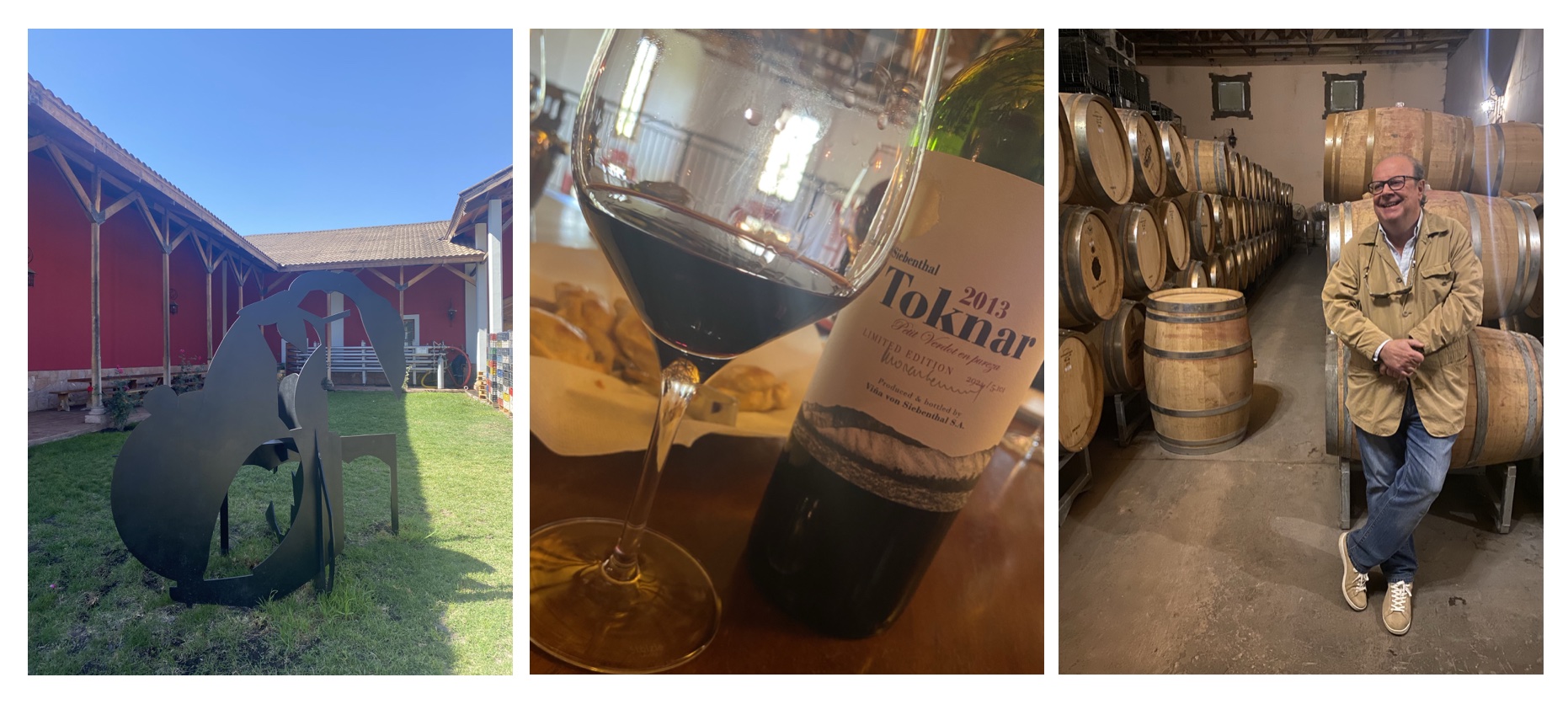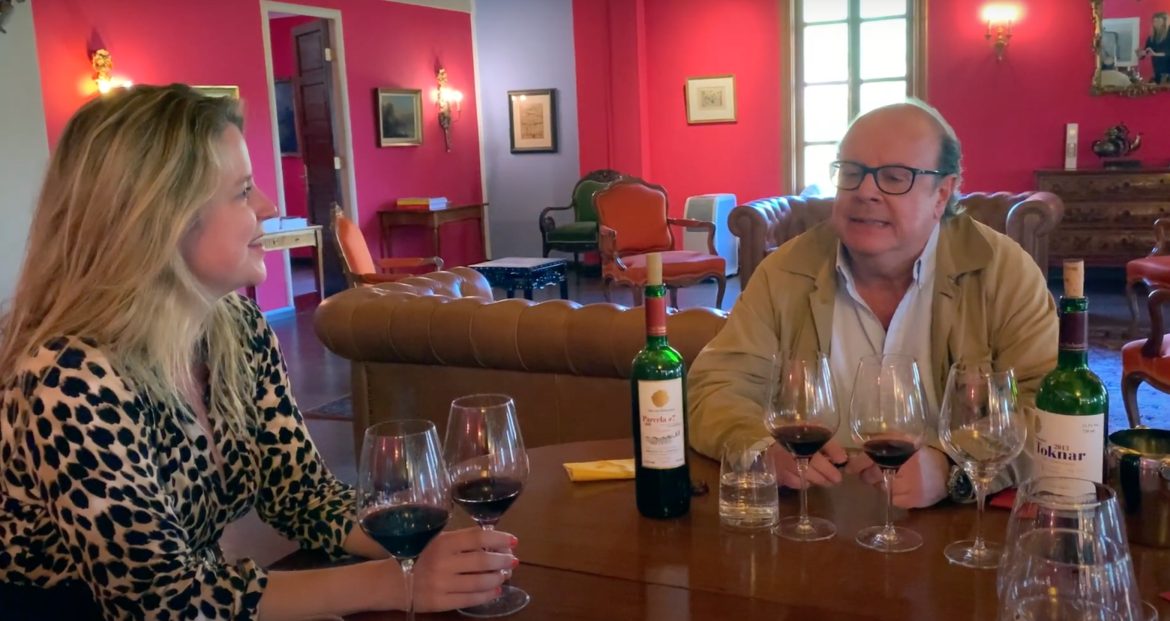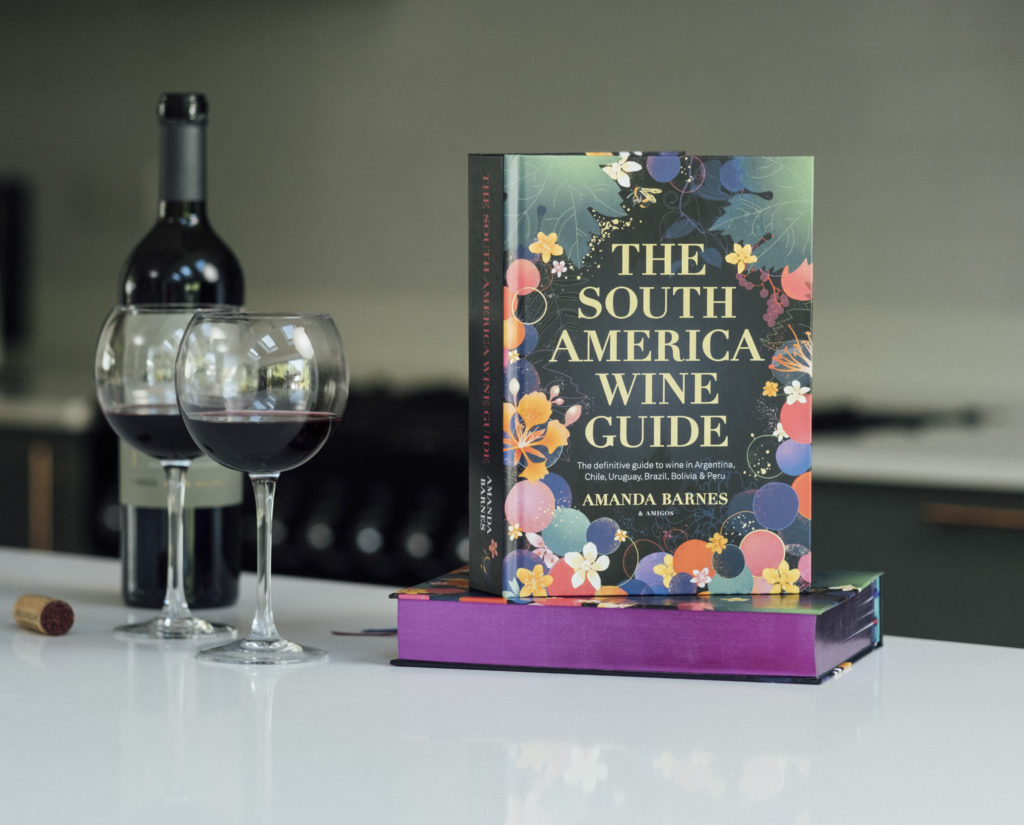Von Siebenthal is one of the best-known wineries in the region of Aconcagua, and it tells the story of expat Mauro Von Siebenthal who decided to sell up in Switzerland to chase the dream of making fine wine in Chile.
It was a large risk to take, but Mauro was convinced by the pedigree of Aconcagua terroir (helped by the reputation of his vineyard neighbour, Errazuriz) and his love of the rich red wines the region can make so well. He set out to make Von Siebenthal wines some of the most celebrated in Aconcagua.
In this interview, we find out why Von Siebenthal focuses on the Bordeaux varieties of Cabernet Sauvignon, Cabernet Franc, Merlot, Petit Verdot and Malbec, and taste through two of the winery’s most emblematic wines, Parcela 7 and Toknar.
Tasting Parcela 7 and Toknar wines, an interview with Mauro Von Siebenthal
Video highlights: Amanda Barnes interviews Mauro Von Siebenthal
Mauro, we are tasting, in my opinion, two of your most emblematic wines. Parcela 7 is an absolute classic of Chile, which shows very nicely the Aconcagua terroir. Can you tell me about Parcela 7 and why you decided to plant these varieties here in Aconcagua?
First of all, I am a Bordeaux wine lover so when I arrived in Chile and by understanding the winemaking tradition in Chile, I discovered that the first period was the mission grapes in the middle of the 19th century.
The second most important period was when the landowner imported french barriques and French grape varieties. I believe that classic varieties such as Cabernet Sauvignon, Cabernet Franc, Merlot, Petit Verdot, Cot belong to the history of winemaking in Chile. There is a personal reason and also a respect for tradition and history of Chilean wine.
This is your entry level wine in the winery in terms of the scale of quality, but what I love about this wine is that you age it for a bit longer. Can you tell me about your philosophy of aginig wines for some time before release?
Our first choice for us was to produce concentrated wine, a wine that is able to develop better quality and aromas during its time in bottle. This is the reason why we produce this type of wine. It needs to spend between one to three years in barrels, depending on the wine, and enough time in the bottle.
Also, I believe the consumer has to be in a position of deciding whether to drink the wine today or put it in the cellar.

We planted Petit Verdot because there was a myth that Chilean wine can’t age in bottle. At that time, I had more than 5% of all the Petit Verdot planted in Chile.
The first idea was to use the Petit Verdot in a blend, just like Parcela 7, but we discovered that the quality of this Petit Verdot which comes from stony, granite soil was very interesting. So I decided to bottle it alone.
It is a grape variety that needs quite some time in the barrel and in the bottle before you can drink it because the tannins are fine but very strong.
And what is your favorite food pairing for your Parcela 7 and your Toknar?
Parcela 7 is easygoing with any kind of food. It can be roast beef, pasta lasagna, or mushroom risotto. It is very versatile.
Toknar is more of a meditation wine. You don’t need too much food with this wine. Maybe some good cheese, some bread and good company… and a full moon.
Read more about Von Siebenthal wines & winery in our winery guide online!
Want to know more about the
wine regions of Chile?
ORDER YOUR COPY of The South America Wine Guide now!
E-book AVAILABLE ONLINE too.
Interested in watching more videos?
Aconcagua terroir: From Costa to Andes with Viña Errazuriz winemaker Francisco Baettig
Exploring Miguel Torres’ Escaleras de Empedrado in Maule
The extreme terroir of Calchaquí with Colomé winemaker Thibaut Delmotte
Cellaring wine under water… A tasting of Bodega Oceanica’s Ultramar Albariño in Uruguay

